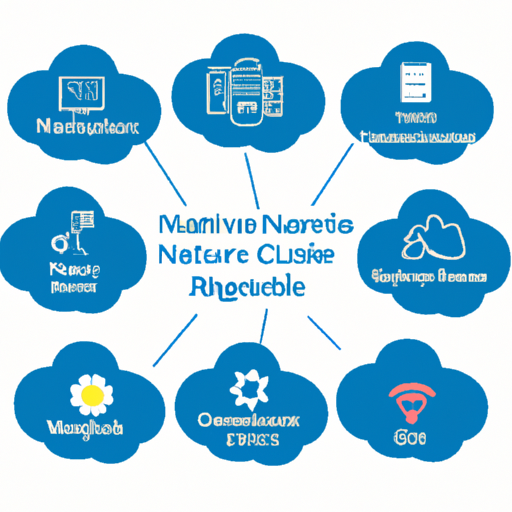As technology continues to evolve, cloud-native applications have emerged as a significant trend in software development. These applications are designed to take full advantage of the cloud computing delivery model, allowing developers to swiftly build and scale offerings while enhancing reliability and efficiency.
What are Cloud-native Applications?
Cloud-native applications are applications that are designed specifically to run in a cloud environment. Unlike traditional applications, which are often monolithic and tightly coupled to the infrastructure they run on, cloud-native applications use microservices architecture, are deployed in containers, and use orchestration tools like Kubernetes for management. This approach allows them to be more scalable, resilient, and manageable compared to their traditional counterparts.
Advantages of Cloud-native Applications
- Scalability: These applications can scale easily and automatically, accommodating varying workloads efficiently.
- Resilience: Cloud-native applications can recover quickly from failures, ensuring high availability and minimal downtime.
- Speed and Agility: Development teams can release updates and new features faster, responding promptly to market demands.
- Cost Efficiency: By utilizing cloud resources on-demand, businesses can optimize their infrastructure costs, paying only for what they use.
The Role of Containerization
Containerization is crucial for cloud-native applications. It encapsulates an application and its dependencies in a container, ensuring it runs consistently across different computing environments. This technology eliminates the traditional problems of dependency management, making application deployment faster and more efficient.
Conclusion
As we continue down the path of digital transformation, cloud-native applications are set to redefine how businesses operate in the software landscape. They provide unparalleled advantages that can help organizations thrive in the competitive market. Embracing this technology not only enhances operational efficiency but also positions companies for future growth.
For more insights on cloud computing, software development, and technology trends, stay tuned!






